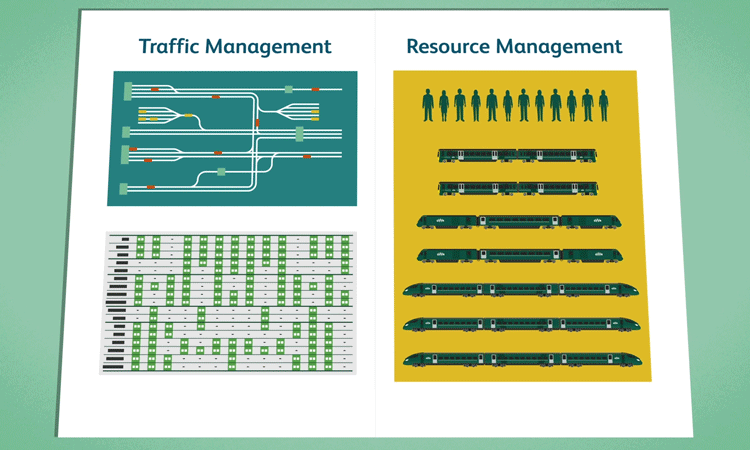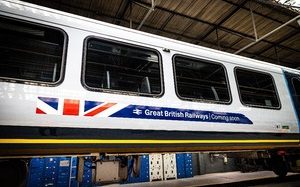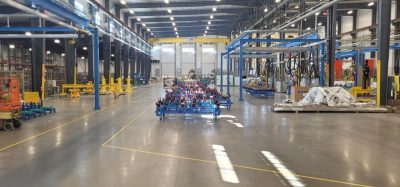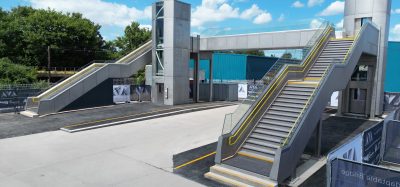Network Rail launches traffic management system pilot project with GWR
Posted: 25 November 2021 | Global Railway Review | No comments yet
As a first for the UK rail industry, Network Rail has launched a new innovative pilot project that integrates its traffic management system with Great Western Railway’s crew and stock software.


Traffic management and crew & stock resource management system pilot. Credit: Network Rail
Network Rail has launched a new pilot project that integrates its traffic management system with Great Western Railway’s (GWR) crew and stock resource management system.
This project is the latest example of the rail industry putting passengers and freight users first, by integrating Worldline’s crew and stock software ‘Integrale’ with the railway traffic management system ‘Luminate’, which has been developed by Resonate.
The £4 million pilot, which has been funded by Network Rail and the Department for Transport’s (DfT) National Productivity Investment Fund, will operate on Network Rail’s Western route between Paddington and Bristol, Reading, and Oxford. However, the benefits of this will be felt across GWR’s train services, which operate across the Western route, from Paddington to Penzance and including services in Devon, Cornwall, Oxfordshire, Thames Valley, the Cotswolds, Wiltshire, and South Wales.
The Luminate traffic management system was first deployed on Network Rail’s Western route in 2018. The integration of the Integrale crew and stock software with Luminate will put real-time information all in one place. This will enable Network Rail and GWR colleagues to have the same view of the train plan and allocation of rolling stock and crew in one system.
Whether services are on time or delayed, this upgrade will make it much easier to identify resource conflicts and service shortfalls. Through visual indications and data sharing, this project will empower Network Rail and GWR colleagues to manage and deliver train stock and services across the Western Route more collaboratively than before.
Upon the completion of this pilot in February 2022, the results will be assessed and shared with the rail industry. The second phase of the project – scheduled the start in April 2022 – will follow on and see the introduction of a Connected Driver Advisory System (CDAS), providing live information to drivers in the cabs of Class 387 and 802 GWR trains. This will enable them to receive messages, informing them of changes to the schedule or the route and stations to call at.
Mike Gallop, Network Rail Western Route and Strategic Operations Director, said: “Our priority is to welcome passengers back to the railway, and to do this we need to provide a reliable service. I’m delighted that we’re showing industry leadership to deliver this innovative and ground-breaking project which will help deliver on this priority. The way the systems from Network Rail and GWR work together to manage operational services as well trains and crew is a first in the UK.
“This project is an example of the sort of cross-industry developments that I would like to see more of. It has been delivered quickly, building on existing technology, and used the expertise and skills of all the project partners. I expect passengers to see the benefits as we support control and signaller teams in their decision-making, by providing a more complete picture of current train operations that will deliver more reliable services.”
James Bain, CEO Worldline UK&I and Chair of Rail Data Council, commented: “Time is the one thing that is impossible to buy more of. Nothing is more precious, and it is our responsibility to work together to demonstrate we respect customers’ time, something this project facilitates through the open exchange of data.
“The Williams-Shapps Plan is a clarion call to industry to make rail better and we’re proud to be part of a meaningful, practical industry first that’s making that happen, by connecting data to make sure trains have a fighting chance of running on time.
“The open exchange of data is already used in industries and markets across the world to the benefit of consumer and now we’re delivering that for the Great Britain’s railways to improve the customer experience against fierce competition and a fight for recovery.”
Anna Ince, Chief Executive Officer of Resonate, said: “We have been working collaboratively with Network Rail Western Route to ensure that our Luminate Traffic Management System helps improve performance. This collaboration is now extended to GWR and Worldline, and through the open data exchange the solution will empower both Network Rail and GWR people to manage and deliver each and every train service, each and every day with more confidence that the decisions they take are the right ones for the customer.”
GWR Performance Director, Barry Milsom, commented: “We’ve been really impressed by the pilot in the early stages of the roll-out. For the first time we have a single standardised system between the train operator and Network Rail that helps us identify all train performance risks in one place. Ultimately, we hope this will mean a more punctual, reliable service for customers. We are looking forward to seeing the results of this pilot scheme next year which will inform our next steps.”
Related topics
Cargo, Freight & Heavy-Haul, Passenger Experience/Satisfaction, Rolling Stock Components (Interior/Exterior), Signalling, Control & Communications, Technology & Software
Related organisations
Department for Transport (DfT), Great Western Railway (GWR), Network Rail








